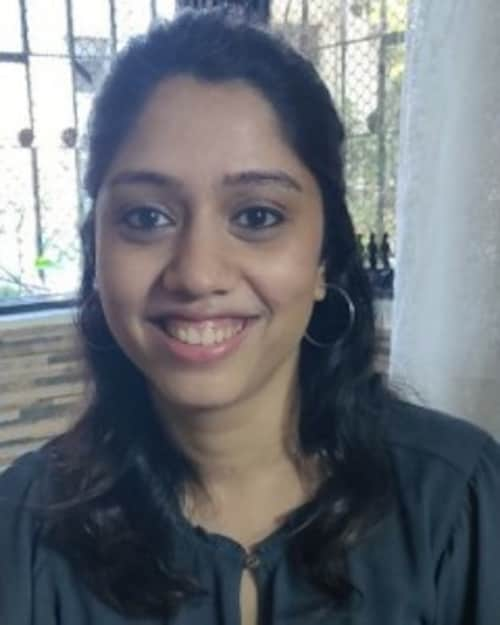Digital gender gap: Where have the Internet's women gone?
How the great internet revolution is as gendered as any other and what we can do to change it
Recently, the President of the United States of America, launched a racist attack against four elected Congresswomen in a tweet. And he continued to do so through a series of tweets since then. This is not the first time he has done something like this, and irrespective of which end of the spectrum you are on the issue of Donald Trump, when the leader of the free world thinks it is okay to attack women via the Internet, it puts into perspective how hard it is for a woman to survive online. In many ways, it mimics the life of many women offline.
Death threats, rape threats, abuse, or what is known as trolling, has existed since women started using the Internet. It is easy, it is anonymous and it’s pretty much an extension of what women face everyday in real life. A 2017 study by Amnesty International said that 70 percent of women online had faced trolling at some point. And the trolling gets more aggressive and vitriolic against women from marginalised communities. Just like in the offline world, there are barriers online for women from everywhere to participate and feel safe voicing their opinions. And to a large extent, this exists because there are not enough conversations being led by women online. Because there aren’t enough women online to begin with.Globally, according to a 2017 UNICEF report, 44 percent of Internet users are women; in India, that number drops to 29 percent or just about a third of the total internet users.
There are a number of reasons for the digital gender gap, accessibility being one of them. Without access to the Internet, women, young girls lose out once again to men when it comes to having information, forming an opinion and having a voice. And ergo, when global movements like #MeToo explode, the impact is deep, but not wide. While #MeToo remains a watershed moment in the fight for women’s right to equality, the number of women who were left out of it is also something to think about. It failed to unleash the power it had to support those women who are offline, and also face harassment and sexual violence. If the #MeToo movement in India proved one thing: Woke-ness for the sake of it alone, is not going to bring about any real change.
The second reason for the digital gender gap is the lack of safe spaces for women online. It seems like there is almost a certain kind of impunity for attacking women; it becomes easier for women to censor themselves than believe in their right to free speech. This ties in with the larger conversation of women being more visible, especially in public life. The male hegemony has made the internet a tool of economic and political control. Even if human rights were to be a part of what the Internet can serve, it exists in a world that already operates on many levels of patriarchy.
When more women become increasingly and unitedly visible together, it helps create a safe space for all other women out there. More content needs to be made for women, by women, based as much on facts as on shared experiences. Like moving through the real world, the problem with information is that it is often biased, misleading or skewed towards those who seek control. The only way to break it, is for women to also become a crucial part of the narrative that is spun online. It has to be authentic, it has to be empathetic and it has to be well-researched. It needs to have platforms that can support their voices. It needs investment--financial, political and social. And most importantly, the voices online need to be used to empower those who are always left behind, the invisible women and young girls.
The inventor of the world wide web, Sir Tim Berners-Lee said “The web is for everyone”. And it’s time to acknowledge that the only way it can be for everyone, is when we start respecting those who are on it, and start finding ways to bring online, those who are not. The Internet, like all things, is gendered. But like all things, the Internet can be changed too. For the better and for everyone.
The author is an editor and creative head of Vitamin Stree, a content channel that focuses on cultural, political, artistic and ideological perspectives that are shaping the lives of women in contemporary India.

